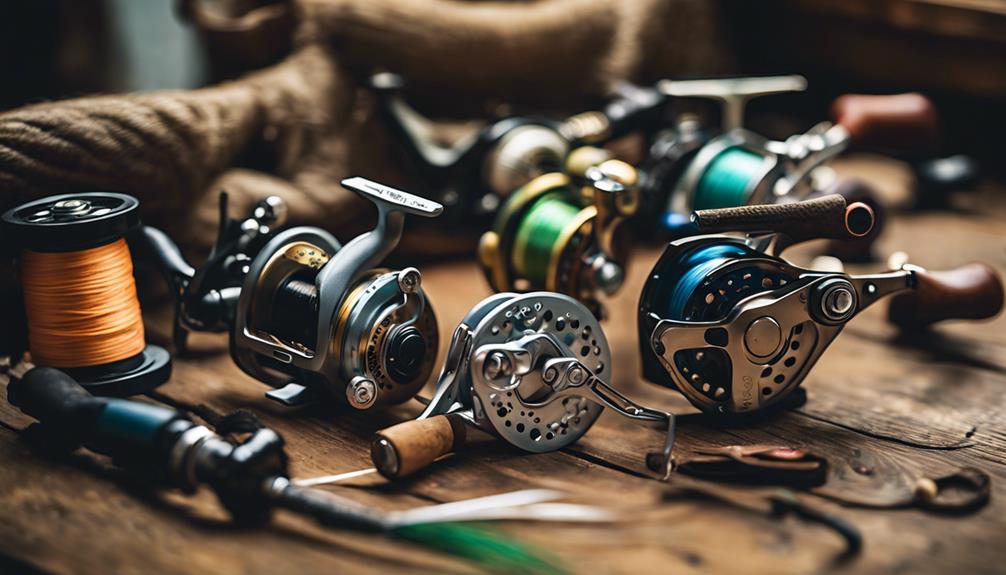Fishing is not just a relaxing pastime; it’s also a way to connect with nature and enjoy the great outdoors. However, before casting your line, it’s crucial to understand how to get a fishing permit. This guide will help you navigate the process, ensuring you’re compliant with local regulations and can enjoy your fishing adventures without any hitches.
Understanding Fishing Permits and Their Importance
Fishing permits, often referred to as fishing licenses, are legal documents that grant individuals permission to fish in specific bodies of water. These permits are essential for several reasons. Firstly, they help regulate fish populations, ensuring sustainable practices that protect aquatic ecosystems. Secondly, fishing permits fund conservation efforts, habitat restoration, and fish stocking programs. Lastly, having a valid fishing permit can save you from hefty fines and legal troubles while promoting responsible fishing practices.
Types of Fishing Permits Available
When considering how to get a fishing permit, it’s important to know that various types exist, depending on your location and fishing needs. Common types include recreational fishing permits, commercial fishing licenses, and special permits for specific species or fishing methods (like fly-fishing or ice fishing). Additionally, permits can be categorized based on duration—daily, seasonal, or annual licenses are typical options. Make sure to research the type of permit that best suits your fishing habits and the regulations in your area.
Where to Obtain Your Fishing Permit
You can obtain a fishing permit from several sources, including state wildlife agencies, local government offices, and online platforms. Most states have dedicated websites that allow anglers to apply for and purchase permits digitally, making the process more convenient. You can also visit local bait shops or sporting goods stores, which often sell fishing permits on-site. When using online resources, ensure that the website is official and secure to avoid scams and fraudulent licenses.
Requirements for Obtaining a Fishing Permit
To successfully secure a fishing permit, you’ll need to meet certain requirements, which can vary by region. Common prerequisites include providing identification, proof of residency, and, in some cases, completing a fishing education course, especially for minors. Additionally, be prepared to pay the necessary fees; costs can differ based on the type of permit and your age group (youth, adult, or senior). Always check your state’s specific regulations and requirements to ensure a smooth application process.
How to Fill Out the Fishing Permit Application
When you’re ready to apply for your fishing permit, understanding how to fill out the application correctly is essential. Start by gathering all required documentation, such as identification and residency proof. Next, carefully follow the instructions provided on the application form, ensuring that all information is accurate and complete. Common details required include your name, address, date of birth, and sometimes details about your fishing experience or preferred fishing locations. Double-check your application for errors before submission to avoid delays.
Understanding Fishing Regulations and Restrictions
After obtaining your fishing permit, it’s crucial to familiarize yourself with local fishing regulations and restrictions. These guidelines can include specific fishing seasons, size and bag limits, and designated fishing areas. Regulations are designed to protect fish populations and maintain the balance of aquatic ecosystems. Ignorance of these rules can result in fines or penalties. Always stay updated on any changes to regulations, as they can vary from year to year and even seasonally.
Renewing and Maintaining Your Fishing Permit
Fishing permits typically have expiration dates, and it’s essential to understand how to renew your permit to continue fishing legally. Most states offer easy online renewal options, allowing you to update your permit without hassle. Additionally, keep track of any changes in fees or regulations that may accompany the renewal process. If you plan to fish in multiple states, familiarize yourself with each state’s renewal process, as it can vary considerably.
Tips for Responsible Fishing with a Permit
Once you have your fishing permit, practicing responsible fishing is vital for conservation and enjoyment. Always adhere to the regulations you’ve learned about, including respecting catch limits and using appropriate fishing gear. Practice catch and release when possible to help maintain fish populations. Additionally, consider participating in local conservation efforts or clean-up events to give back to the community and protect the habitats you enjoy. By being a responsible angler, you not only protect the environment but also set a positive example for future generations of fishermen.
Conclusion
Learning how to get a fishing permit is a fundamental step for any angler looking to enjoy their favorite pastime legally and responsibly. By understanding the types of permits available, where to obtain them, and the requirements involved, you can ensure a seamless application process. Always stay informed about local regulations and practice responsible fishing habits to contribute to the sustainability of fish populations and aquatic ecosystems. With your fishing permit in hand, you are ready to cast your line and enjoy the serene experience that fishing has to offer.
